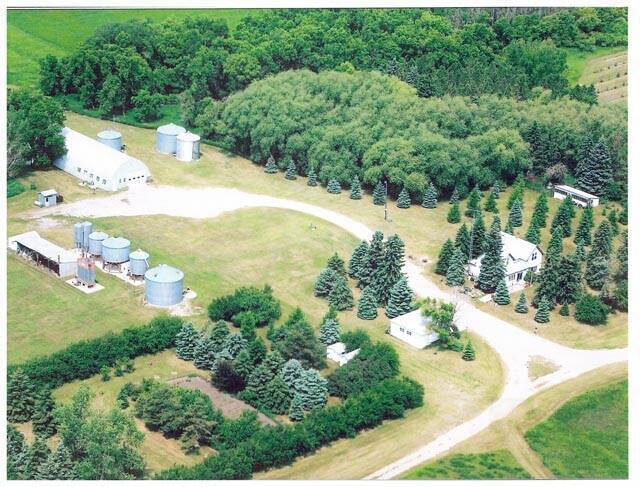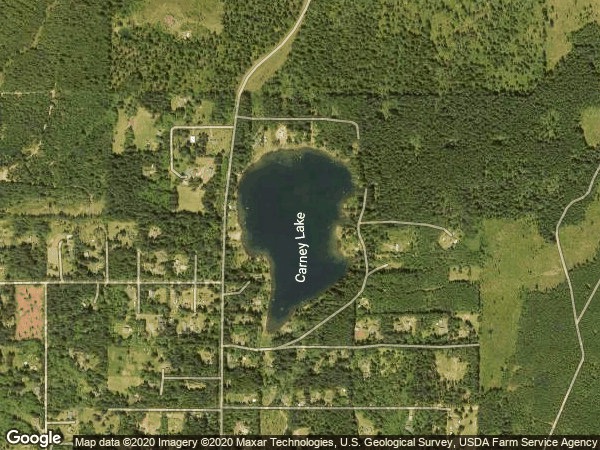
- #Pierce county parcel search install
- #Pierce county parcel search windows 10
- #Pierce county parcel search download
- #Pierce county parcel search free
- #Pierce county parcel search windows
I thought I would give Gparted a shot, and Gparted can see all 4 partitions ( nvme0n1p1, nvme0n1p2, nvme0n1p3, and nvme0n1p4) however, it displays the device name as nvme0n1p1 which is the first partition and I can’t seem to choose the other partitions to attempt data rescue on.
#Pierce county parcel search windows
It doesn’t see the windows partition or the drive itself. I tried unmounting the windows mount and running photorec again but it’s the same result. NOTE: The windows drive is the internal drive of the laptop that I have mounted after boot to live USB drive. I can see both USB drives (the Live USB boot drive and the blank USB drive, but cannot see the windows drive/partition I want to recover data from. When I launch photorec from the command line I get the choice of log file type (I choose none) and am then presented with a list of drives to recover data from. Once mounted I can view the files and folders of the windows partition through the Live USB file system ( nautilaus I think).

I am only mounting the Windows partition). (Note: there are 4 partitions on this SSD hard drive – Recovery etc. I have booted the machine to a SystemRescueCD Live USB drive which includes TestDisk ( PhotoRec) and Gparted.įrom the command line, I have mounted a second USB drive (to store the recovered files to) as well as the Windows partition on the ssd hard disk I am trying to recover files from.
#Pierce county parcel search windows 10
Trying to recover a series of deleted MS Office files on a windows 10 system. Tags Linux File Recovery Tools, PhotoRec Post navigationĪny Assistance would be greatly appreciated. This is so far the most reliable and effective recovery tool I have ever used, if you know any other similar tool, do share with us in the comments. That’s all! In this tutorial, we explained the necessary steps to recover deleted or lost files from hard disk using PhotoRec. Use the command below (specify your file manager): $ gksudo nemoįor more information, visit PhotoRec homepage. The recovered files will be stored with root privileges by default, therefore open your file manager with elevated privileges to access the files. Recovering Deleted Files in LinuxĪt the end of the operation, Photorec will show you the number and the location of files recovered. Note: Your system may become slow, and possibly freeze at certain moments, so you need to be patient until when the process is complete. You can stop the operation by pressing Enter. The screenshot below shows deleted files of the specified type being recovered. To move back until the root partition, use the left arrow key. Choose a directory on a different partition to avoid deleted files being overwritten when more data is stored on the partition. Choose Filesystem to AnalyzeĬlosely select a directory where recovered files will be stored, if the destination is correct, press C button to continue.

Once you have selected the appropriate option, press Enter to proceed.
Note that choosing whole partition will make the operation slower and longer.
#Pierce county parcel search free
Next, choose if only free space or the whole partition needs to be analyzed as below. Select Filesystem to Recover Deleted Files In the interface below, choose the filesystem type where the file(s) were stored and hit Enter. Now select to start the recovery process. Move back by hitting Enter (or simply press Q button), then press Q again to go back to the main menu. Then press b to save the setting, you should see the message below after pressing it. Press s to disable/enable all file extensions, and in case you have disabled all file extensions, only choose types of files you want to recover by selecting them using right arrow keys (or left arrow key to deselect).įor instance, I want to recover all. Press Q to move back, at the interface below, you can specify the file extensions you want to search and recover. Select to view available recovery operation options as in the interface below: Linux File Recovery Options You will be at the following interface: Select Partition to Proceed File Recovery To continue with the recovery operation, select and hit Enter. Use the right and left arrow keys to select a menu item, and press Enter. You’ll see the interface below: PhotoRec Data Recovery Tool for Linux Once the installation is complete, start PhotoRec in a text window as follows with root privileges and specify the partition from which the files where deleted: $ sudo photorec /dev/sda3

It can also be found in rescue CD such as Gparted LiveCD, Parted Magic, Ubuntu Boot CD, Ubuntu-Rescue-Remix and many more.
#Pierce county parcel search download
In case it is not available on your Linux distribution’s repositories, download it from here and run it on a Live CD.
#Pierce county parcel search install
To install Testdisk by running the relevant command below for your distribution: - On Debian/Ubuntu/Linux Mint.


 0 kommentar(er)
0 kommentar(er)
